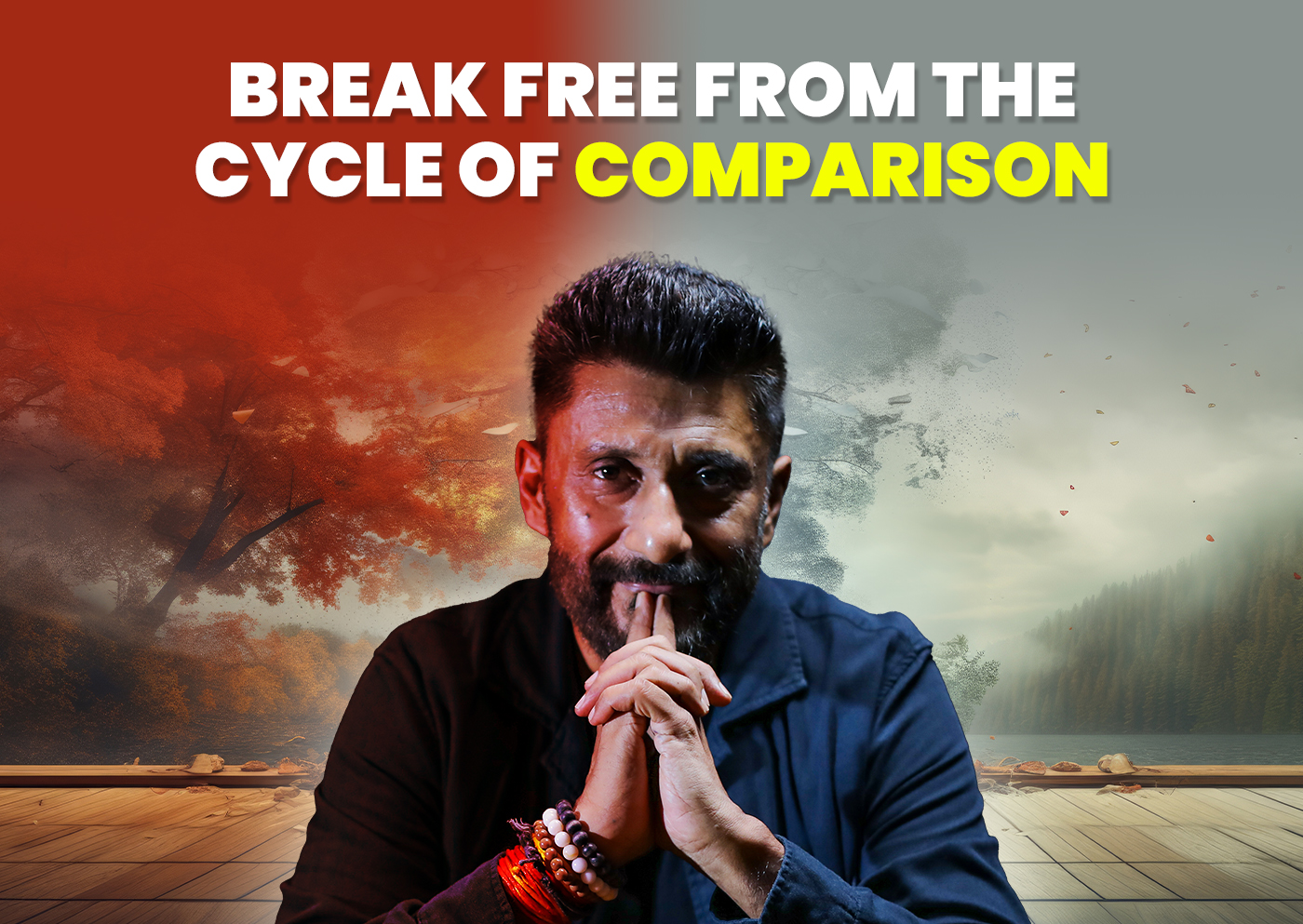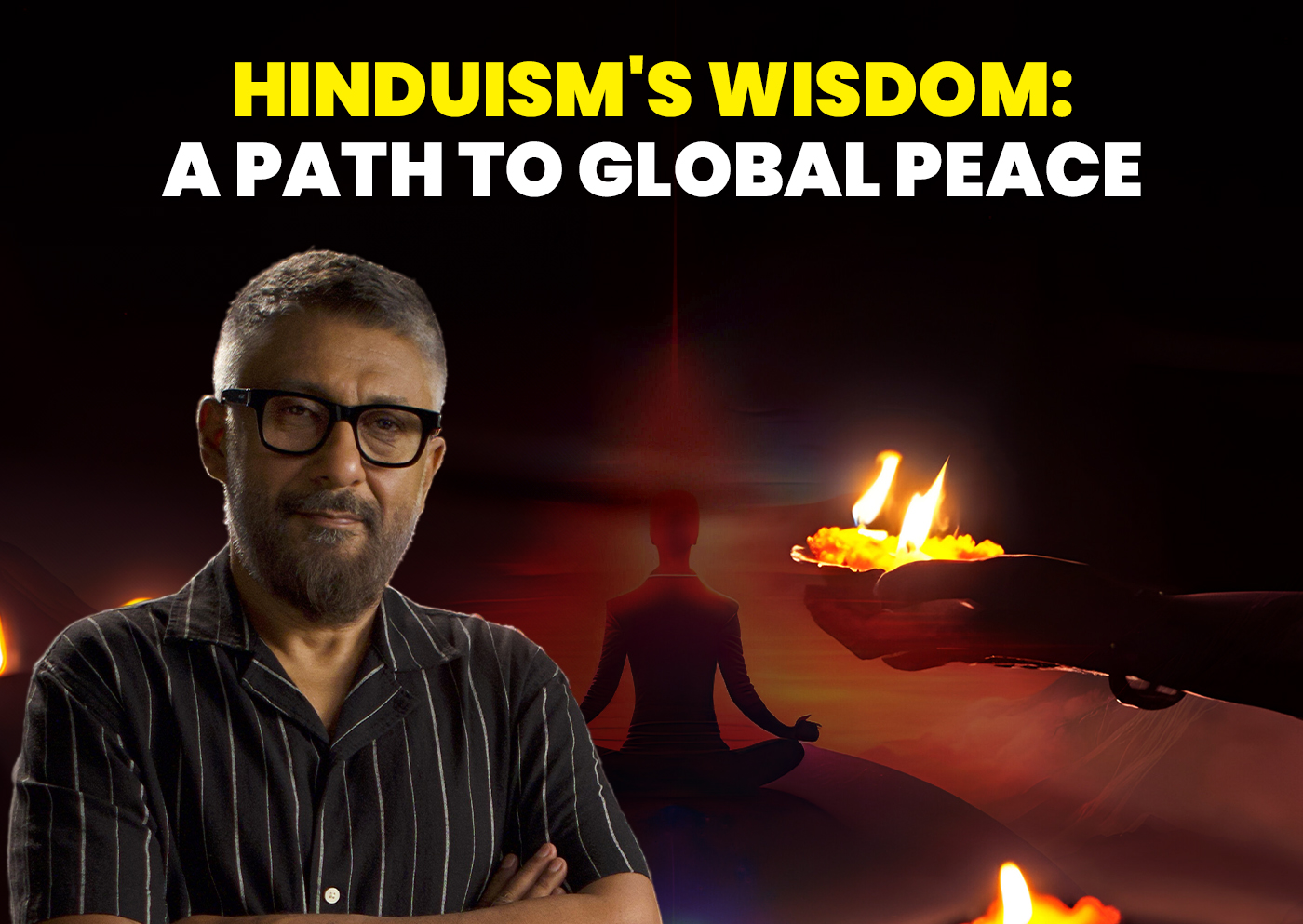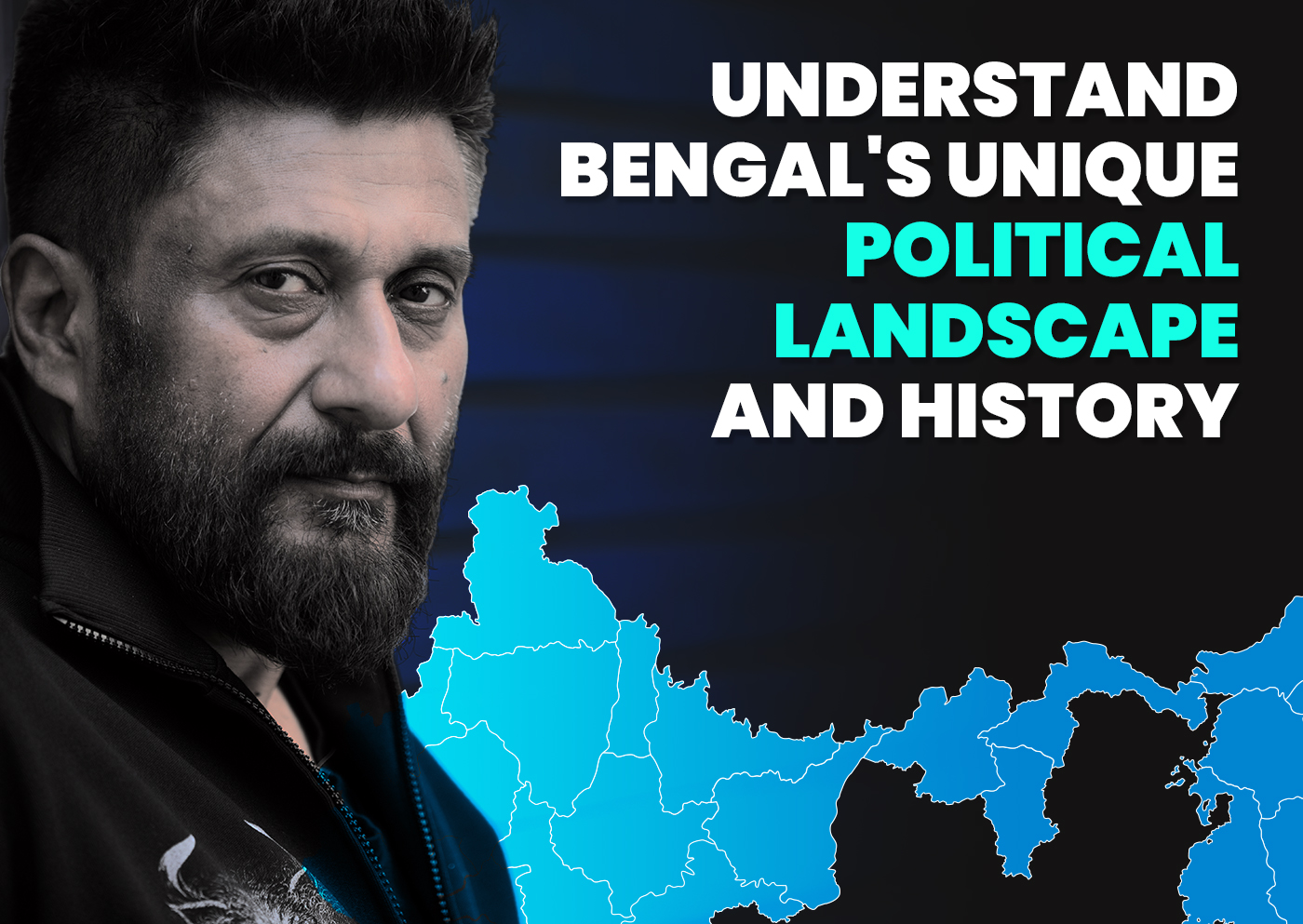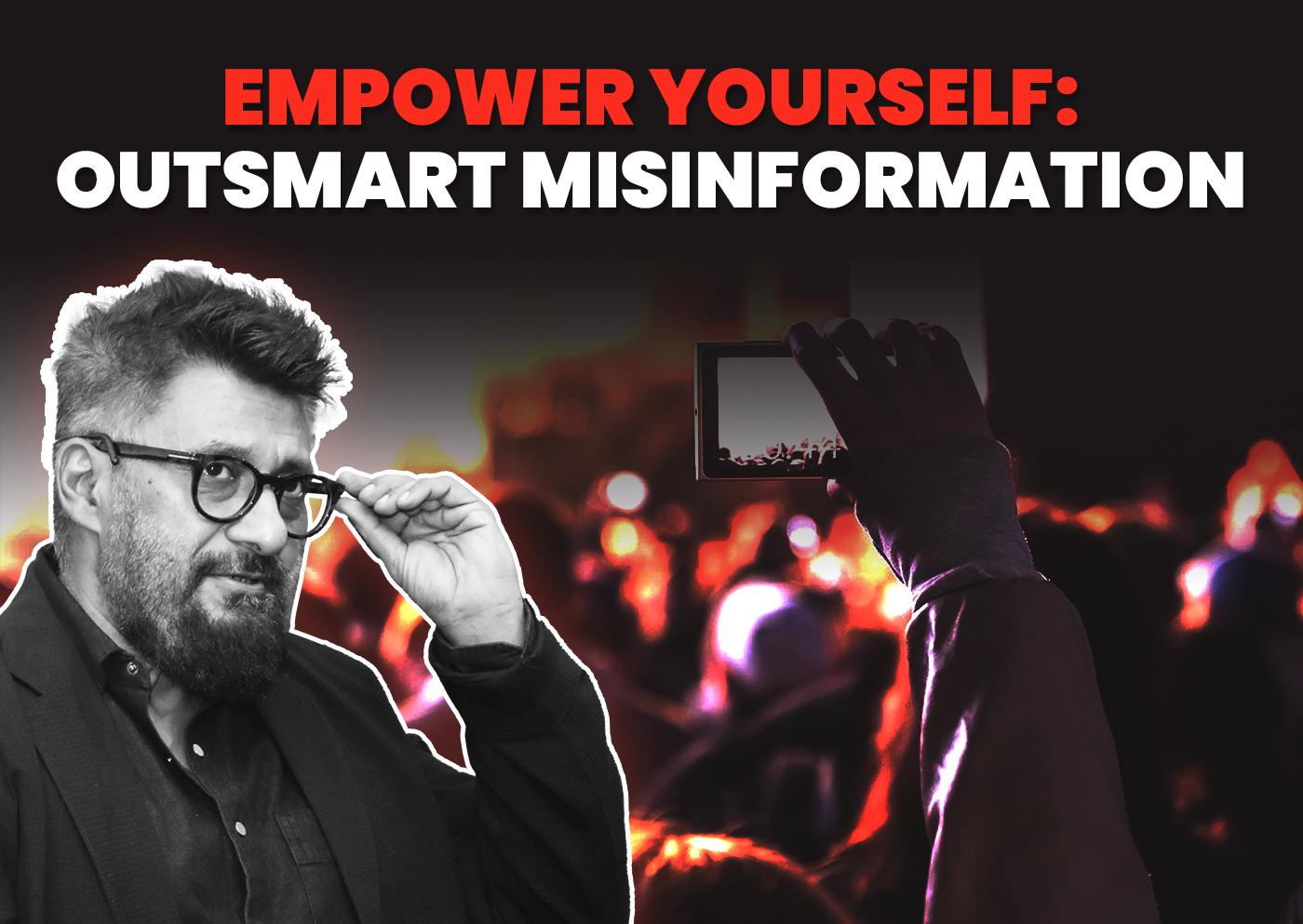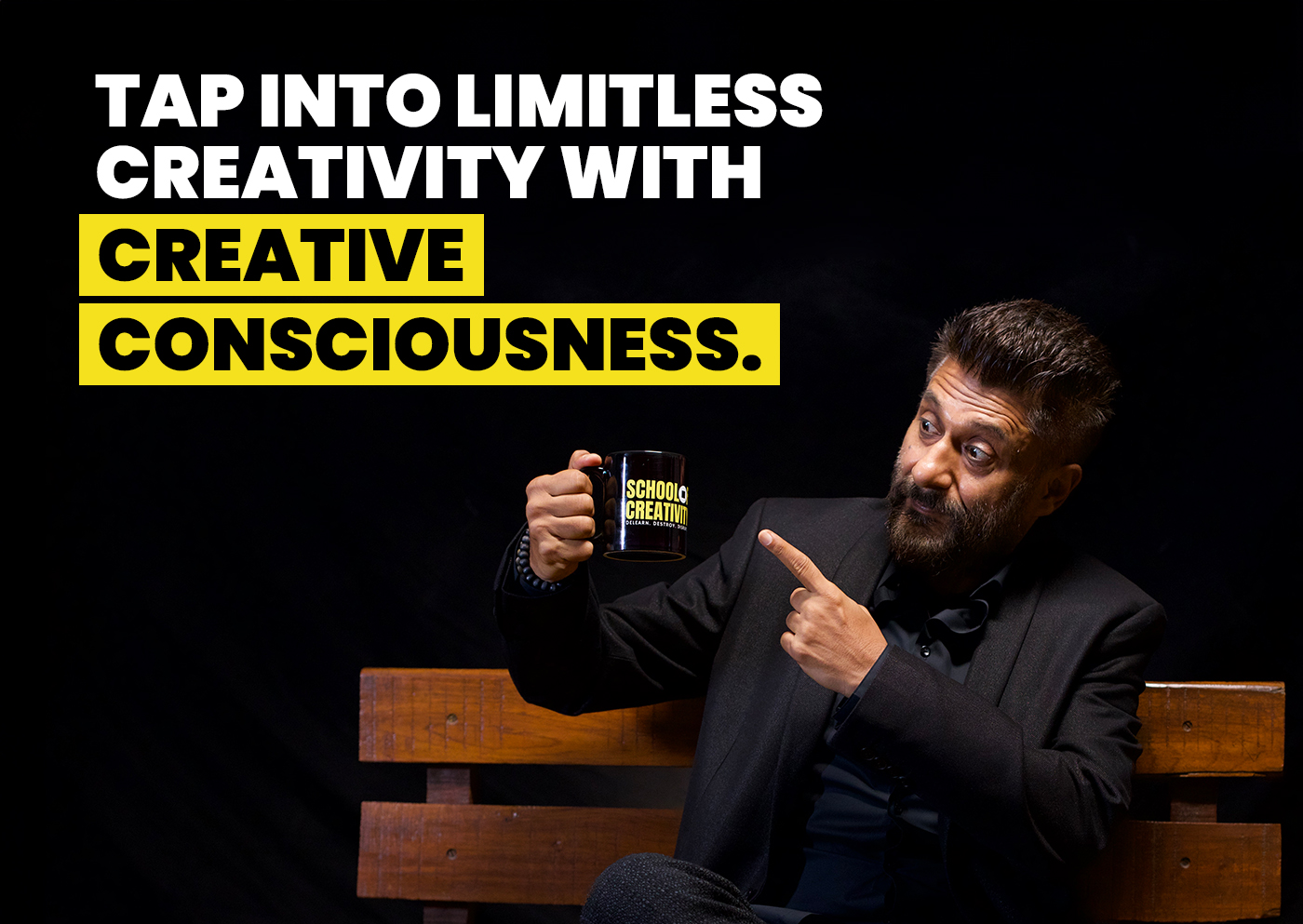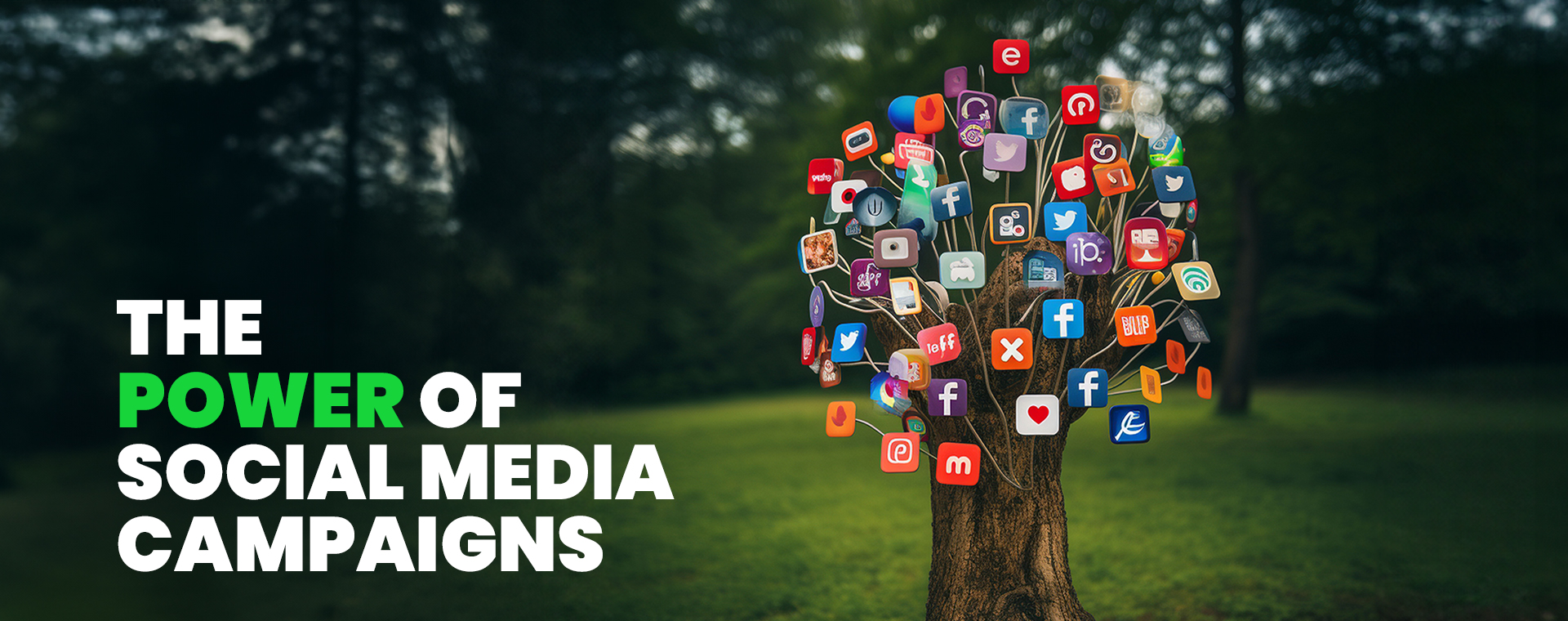
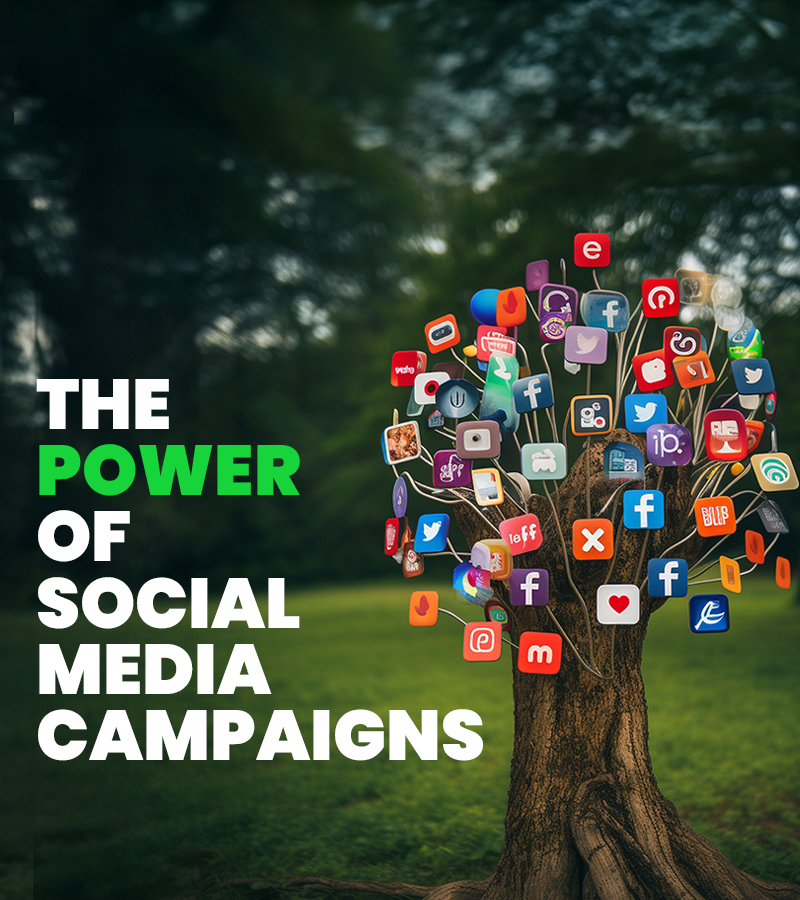
Clicks for a Cause: The Power of Social Media Campaigns
Uncover the power of hashtags, viral videos, and online communities to drive change and make a difference.
In an era where information is at our fingertips and digital connections span the globe, social media has emerged as a formidable force in social activism. Far from being just platforms for sharing life updates and cat videos, sites like Twitter, Facebook, and Instagram have transformed into powerful tools for advocacy, education, and mobilisation. This evolution has given rise to a new era of digital activism, where hashtags do more than trend; they spark movements, challenge injustices, and bring about tangible social change.
Through the strategic use of these digital platforms, activists and organisations can amplify their messages, reaching audiences far beyond traditional media’s reach. The democratisation of content creation has allowed voices from the margins to be heard, stories overlooked by mainstream narratives to be shared, and communities around shared causes to be built. In this blog, we’ll delve into how social media campaigns have successfully harnessed the power of the digital space to advocate for social justice, analysing their strategies and impact. As we explore these digital crusades, we uncover the undeniable influence of social media in shaping public discourse and driving action in our interconnected world.
Amplifying Voices
One of social media’s most significant benefits is its ability to amplify marginalized voices. Platforms like Twitter, Facebook, and Instagram give individuals and communities the power to share their stories and perspectives with a global audience, bypassing traditional gatekeepers in media and politics. This democratization of content creation and distribution enables grassroots movements to gain the visibility and support that were once unimaginable.
Building Communities
Social media also excels in building and nurturing communities around shared causes. Through hashtags, groups, and shared content, individuals worldwide can connect over common interests and concerns, fostering a sense of solidarity and collective identity. This virtual community-building is crucial for sustaining movements over time, providing a space for dialogue, collaboration, and mutual support.
Mobilising Action
Social media’s immediacy and reach make it an incredibly effective tool for mobilising action. Calls to protest, petitions, and fundraising campaigns can go viral in hours, translating online engagement into real-world impact. The ability to coordinate actions across geographies and time zones amplifies the effectiveness of these campaigns, enabling synchronised global events and actions.
Social media campaigns have increasingly become pivotal in advocating social justice, leveraging digital platforms’ vast reach and interactive nature to initiate change. Here’s a breakdown of six influential social media campaigns from India, detailing their origins, strategies, impact, and the visionaries behind them.
- Why It Was Launched: To combat domestic violence by empowering bystanders to take action and support victims.
- Who Launched It: Breakthrough India, an organisation dedicated to using media and arts to bring social change.
- Strategy: The campaign used viral videos and compelling storytelling to illustrate how individuals could intervene in domestic violence, symbolized by ringing a bell. This simple yet powerful call to action was designed to encourage people to disrupt acts of violence and offer support to victims.
- Impact: #BellBajao became a global movement, inspiring similar initiatives worldwide. It significantly raised awareness about the role of community intervention in preventing domestic abuse. It encouraged a discourse on the responsibility of bystanders in such situations.
- Why It Was Launched: To offer a localised response to the global Ice Bucket Challenge, focusing on addressing hunger and poverty in India by donating rice to those in need.
- Who Launched It: Manju Latha Kalanidhi, a journalist inspired to adapt a viral trend for social good.
- Strategy: The campaign utilised the viral challenge format, encouraging participants to donate a bucket of rice to those in need and share their actions online using the hashtag. This approach harnessed the participatory nature of viral challenges while tailoring it to address a local issue.
- Impact: The #RiceBucketChallenge highlighted the power of social media in mobilising grassroots actions to address local needs, resulting in significant contributions to food banks and awareness about hunger issues in India.
- Why It Was Launched: To protect Mumbai’s Aarey Forest from deforestation due to the construction of a metro car shed, highlighting the importance of preserving green spaces.
- Who Launched It: Environmental activists and concerned citizens collectively spearheaded this campaign.
- Strategy: Leveraging compelling visuals, storytelling, and strategic use of hashtags, the campaign mobilised public opinion and organised protests. It effectively used social media platforms to document and disseminate information about the protests and the environmental cause.
- Impact: The campaign generated widespread public support and legal action, ultimately leading to the conservation of the Aarey Forest area. This showcased social media’s role in environmental activism.
- Why It Was Launched: To fight against the taxation on sanitary products in India, address the broader issue of period poverty, and advocate for accessible menstrual hygiene products.
- Who Launched It: SheSays NGO, focused on women’s rights and empowerment.
- Strategy: The campaign spotlighted the taxation issue by employing engaging content, collaboration with influencers, and a memorable hashtag. It aimed to generate public discourse and advocate for policy change through digital advocacy.
- Impact: #LahuKaLagaan played a crucial role in raising awareness about period poverty and contributed to the movement against the tax on sanitary products, emphasizing the intersection of social media advocacy and policy change.
- Why It Was Launched: To promote gender equality and celebrate the value of girl children in a country facing gender imbalance issues.
- Who Launched It: Sunil Jaglan, a village sarpanch, later popularised by Prime Minister Narendra Modi.
- Strategy: The campaign encouraged parents to share selfies with their daughters on social media platforms, using the hashtag to create a positive narrative around girl children. This simple act aimed to challenge cultural norms and foster pride in daughters.
- Impact: Garnering support from high-profile figures and the public, #SelfieWithDaughter sparked a global conversation on gender equality, demonstrating how social media can be used to challenge and change deep-seated cultural perceptions.
- Why It Was Launched: In response to a series of lynchings in India, perceived to be motivated by religious intolerance, aiming to unite citizens against hate crimes.
- Who Launched It: Citizens and activists across India forming a grassroots movement.
- Strategy: Using a unifying hashtag and organizing coordinated protests, the campaign leveraged social media to amplify its message, mobilise support, and document nationwide protests against communal violence.
- Impact: #NotInMyName brought together people from diverse backgrounds in a stand against violence, showcasing the unifying power of social media in mobilising for peace and tolerance in times of social unrest.
1. #BellBajao (Ring the Bell)
2. #RiceBucketChallenge
3. #SaveAarey
4. #LahuKaLagaan (Tax on Blood)
5. #SelfieWithDaughter
6. #NotInMyName
Scrolling On
The strategic use of social media in advocacy work offers unparalleled opportunities to advocate for change, connect with like-minded individuals, and challenge the status quo. As the campaigns outlined earlier demonstrate, social media’s creative and thoughtful application can lead to significant societal impacts. However, activists must navigate these platforms thoughtfully, recognizing their power and limitations. In the digital age, the art of social change increasingly involves mastering the art of digital engagement, harnessing the full potential of social media to spread messages that matter and foster a more just and equitable world.

